Your Guide to Summer Eating: How to Pick, Store, and Enjoy Seasonal Foods
I’ve been working with food for a long, long time, from hectic restaurant kitchens to teaching aspiring chefs, and I’ve seen every diet trend you can imagine. They all promise the world, but the most powerful strategy for feeling good isn’t a fad at all. It’s a rhythm. It’s about learning to eat with the seasons, and honestly, there’s no better time to start than right now, in the middle of summer.
In this article
People love to throw around the term ‘superfoods,’ but I find it a little misleading. It makes you think a few special items hold all the magic. The truth? The real power is in the sheer variety and freshness that summer dumps on our doorstep. The benefit comes from eating a wide range of produce when it’s bursting with flavor and nutrients. This guide is all about the practical stuff I’ve learned over the years—how to choose the best produce, store it so it doesn’t go bad, and prep it in ways that make it taste incredible. This isn’t a diet; it’s about enjoying summer’s bounty and feeling more energized because of it.
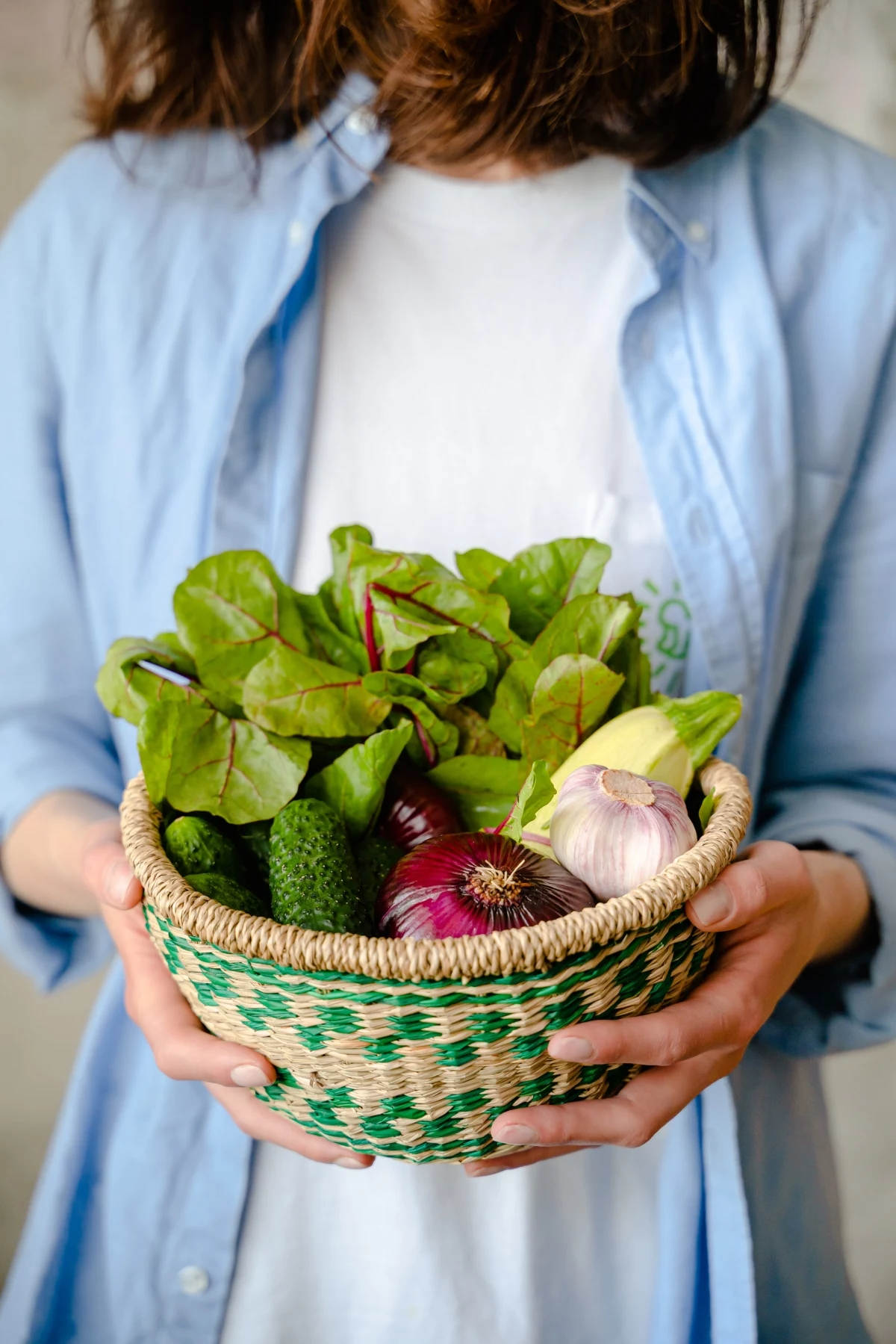
Why Summer Foods Just Feel Right
Ever notice how you crave a crisp salad or a juicy slice of watermelon when it’s scorching hot outside? That’s not just in your head; your body knows what it’s doing. Summer produce is naturally designed to thrive in the heat, and it passes those protective qualities on to us.
It all comes down to something called phytonutrients. These aren’t your typical vitamins or minerals, but they’re crucial. Think of them as a plant’s built-in defense system. The bright red in a tomato or the deep blue of a blueberry are pigments that act like a natural sunscreen for the plant. When we eat them, these compounds can help protect our own cells from stress. That’s why a colorful plate isn’t just pretty—it’s a sign you’re getting a wide range of protective benefits.
And let’s talk about hydration. A lot of summer foods are packed with water. A cucumber or slice of watermelon can be over 90% water, which helps keep you hydrated on a cellular level. It’s often more effective than just chugging plain water because these foods also contain electrolytes like potassium (found in cantaloupe and tomatoes), which you lose when you sweat. Topping them up is key to avoiding that sluggish feeling or muscle cramps on a hot day.
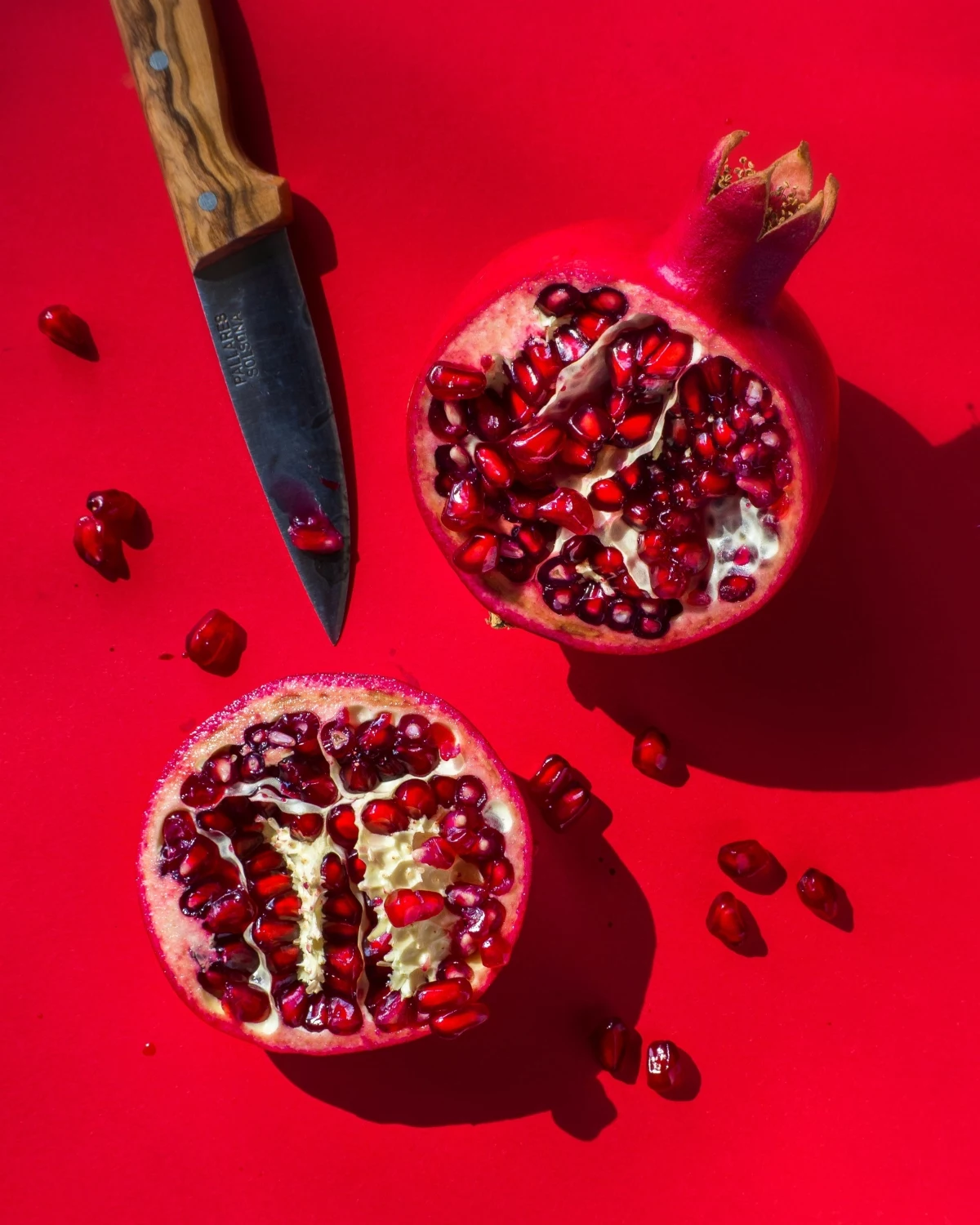
At the Market: How to Pick Produce Like a Pro
A great meal starts with great ingredients. It’s that simple. After years of sourcing produce, I’ve learned to use all my senses. Here’s what to look for, beyond the flashy signs.
Tomatoes: It’s All About Weight and Smell
A perfect summer tomato is a thing of beauty. Don’t just look for a perfectly uniform red; some of the tastiest heirloom varieties have green shoulders or orange stripes. The real test? Pick it up. It should feel heavy for its size, which signals dense, juicy flesh. Then, bring it to your nose and smell the spot where the stem was. It should have a sweet, earthy, almost grassy scent. If it smells like nothing, it’s going to taste like nothing.
Berries: Check the Bottom!
Berries are delicate. When you’re looking at those little plastic clamshells, always flip them over. Check the absorbent pad on the bottom for any stains or smashed fruit. One moldy berry will take the whole batch down with it. For blueberries, a good sign of freshness is a silvery, dusty coating called the ‘bloom.’ It’s a natural wax that protects the fruit. And remember, berries don’t ripen after they’re picked, so plan to use them within a day or two of buying.
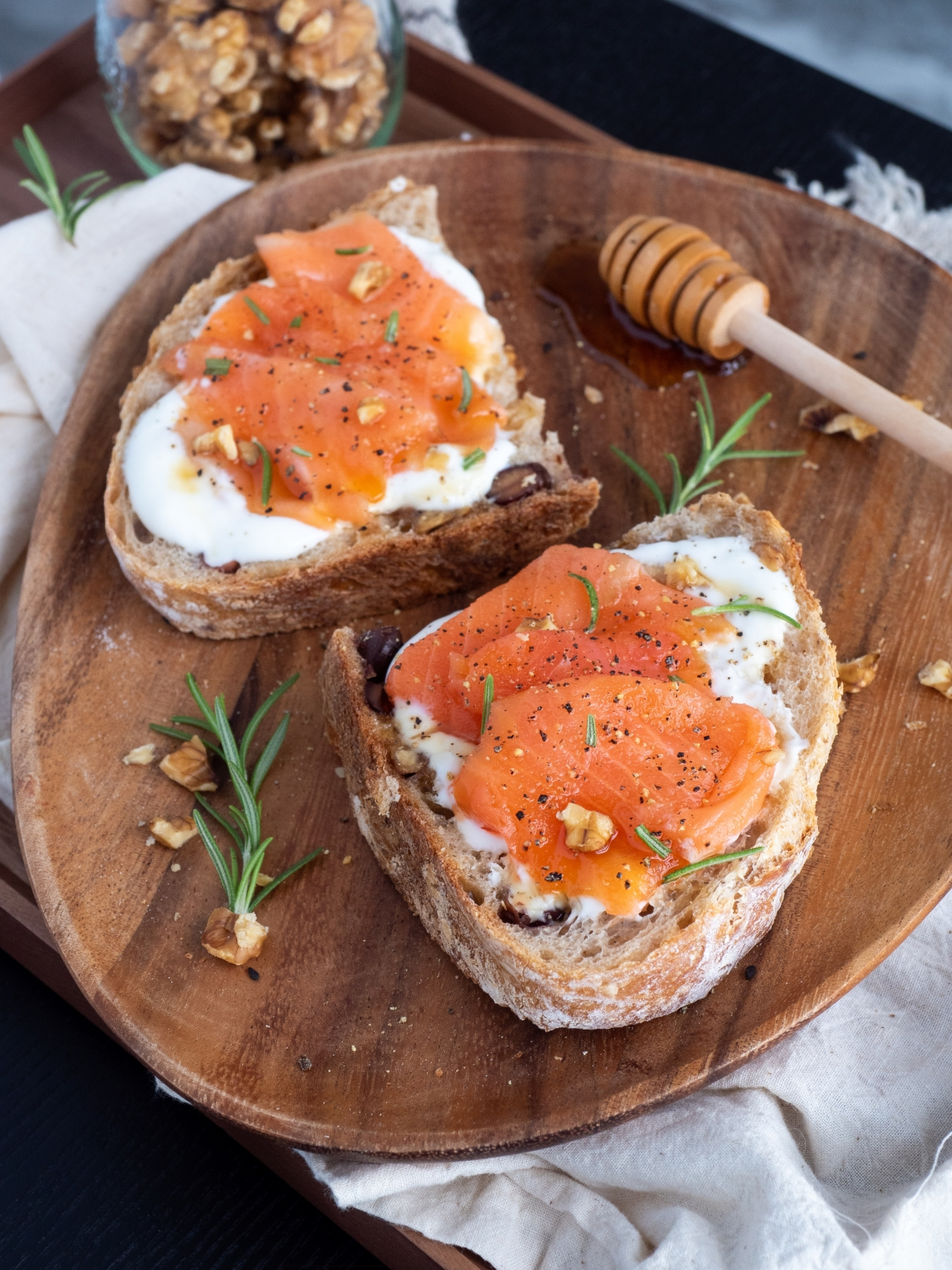
Summer Squash & Zucchini: Smaller is Sweeter
It’s so tempting to grab that giant, prize-winning zucchini, but please don’t. As they get bigger, the flesh gets watery, the seeds get tough, and the flavor becomes bland. I always go for smaller, firm squash, usually no longer than six to eight inches. The skin should be glossy and free of nicks. Plus, zucchini is a budget superstar in the summer—you can often get it for less than $2 a pound.
Leafy Greens & Cabbage: Look for Life
For greens like spinach or kale, the leaves should look vibrant and full of life, not limp or yellowing. A whole head of lettuce will always be fresher and last longer than the pre-cut stuff in a bag. And cabbage? It’s another budget hero. Pick a head that feels dense and heavy for its size. A whole head, stored properly, can last for weeks, making it an amazing value.
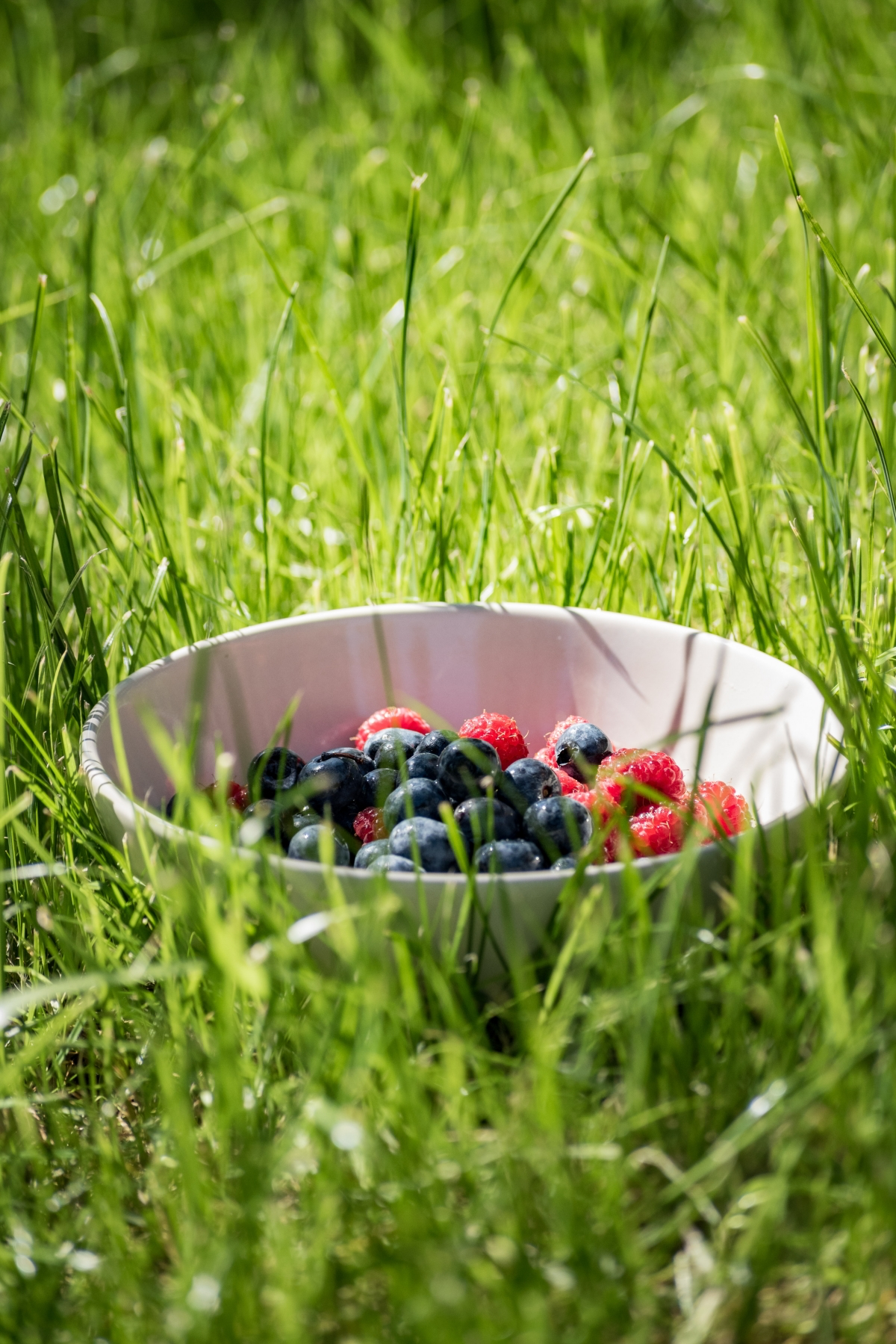
Your Summer Storage Cheat Sheet
Bringing home beautiful produce is great, but how you store it is everything. So many people make a few common mistakes that ruin their food. Here’s a quick guide:
- Tomatoes: On the countertop, stem-side down, and NEVER in the fridge. The cold kills their flavor and makes the texture mealy. I once saw a young cook ruin an entire case of gorgeous heirlooms this way. It was a painful lesson, but one he never forgot.
- Berries: Fridge, but only after a quick vinegar wash. I dunk them in a bowl with about one part white vinegar to three parts cool water for a few minutes. Then—and this is the most important part—rinse them well and let them dry completely on a towel before storing them in a breathable container. I promise they won’t taste like vinegar!
- Leafy Greens: In the crisper drawer, but not naked. I like to wrap them loosely in a paper towel before putting them in a bag. The towel absorbs extra moisture and keeps them from getting slimy.
- Zucchini/Squash: The crisper drawer is their friend. They’ll stay firm in there for a good week.
- Fresh Herbs: Treat soft herbs like basil, parsley, and cilantro like a bouquet of flowers. Just trim the stems and stand them up in a glass of water on your counter.
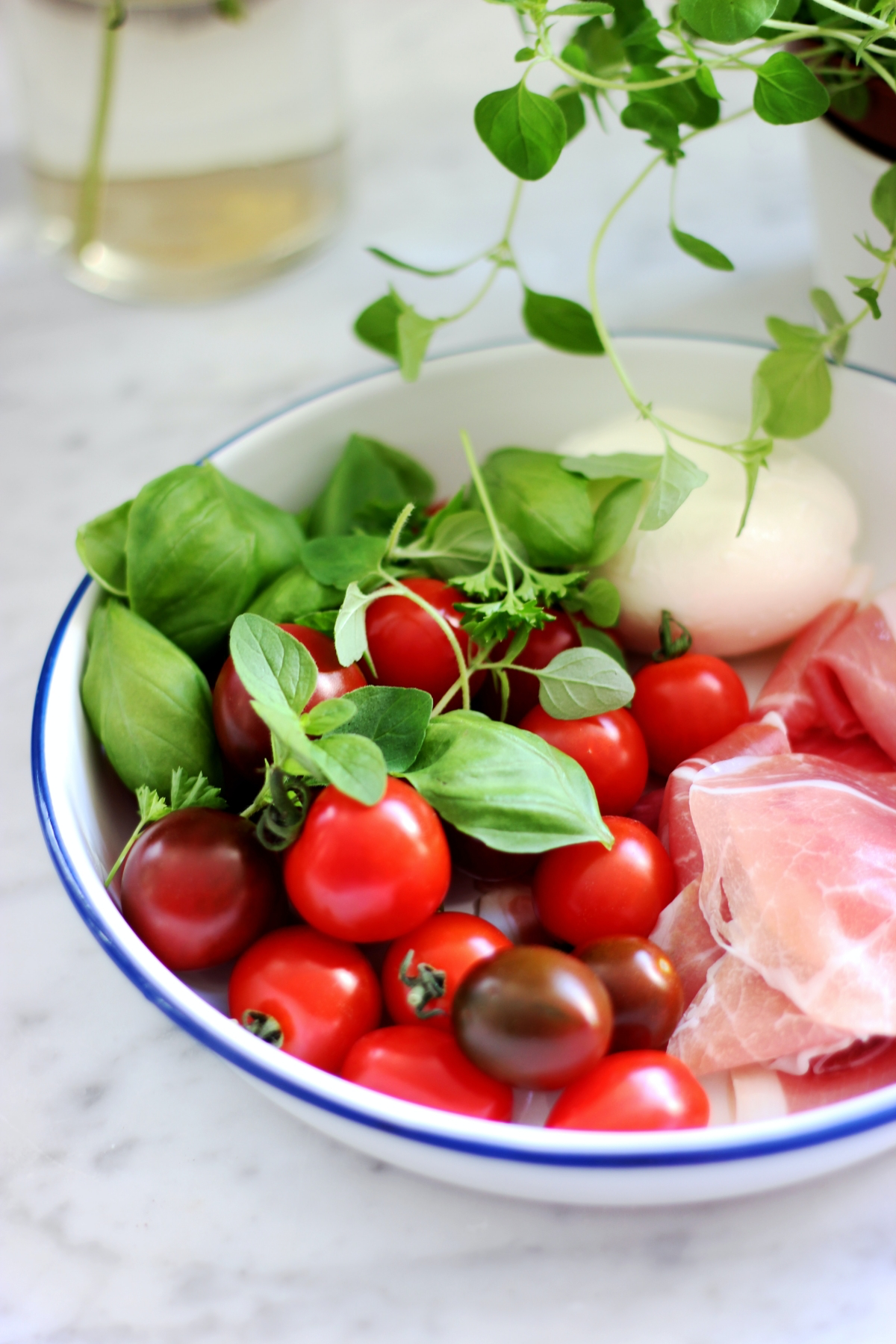
Simple Prep for Maximum Flavor (and Nutrition)
How you cook your food matters just as much as how you buy it. Overcooking is the number one enemy of nutrients and flavor.
A quick tip for vegetables like broccoli, cabbage, and Brussels sprouts: Chop them up and let them sit for about 10-15 minutes before you cook them. This actually activates some of their most beneficial compounds. Steaming or a quick stir-fry is way better than boiling, which just lets all the good stuff leach into the water.
Same goes for garlic! Mince it and let it rest for 10 minutes before you toss it in a hot pan. This simple step gives the healthy compounds time to develop.
When it comes to oily fish like salmon or mackerel, be gentle. Those amazing omega-3 fatty acids are delicate. Baking, poaching, or a light pan-sear over medium heat is much better than grilling them to a crisp.
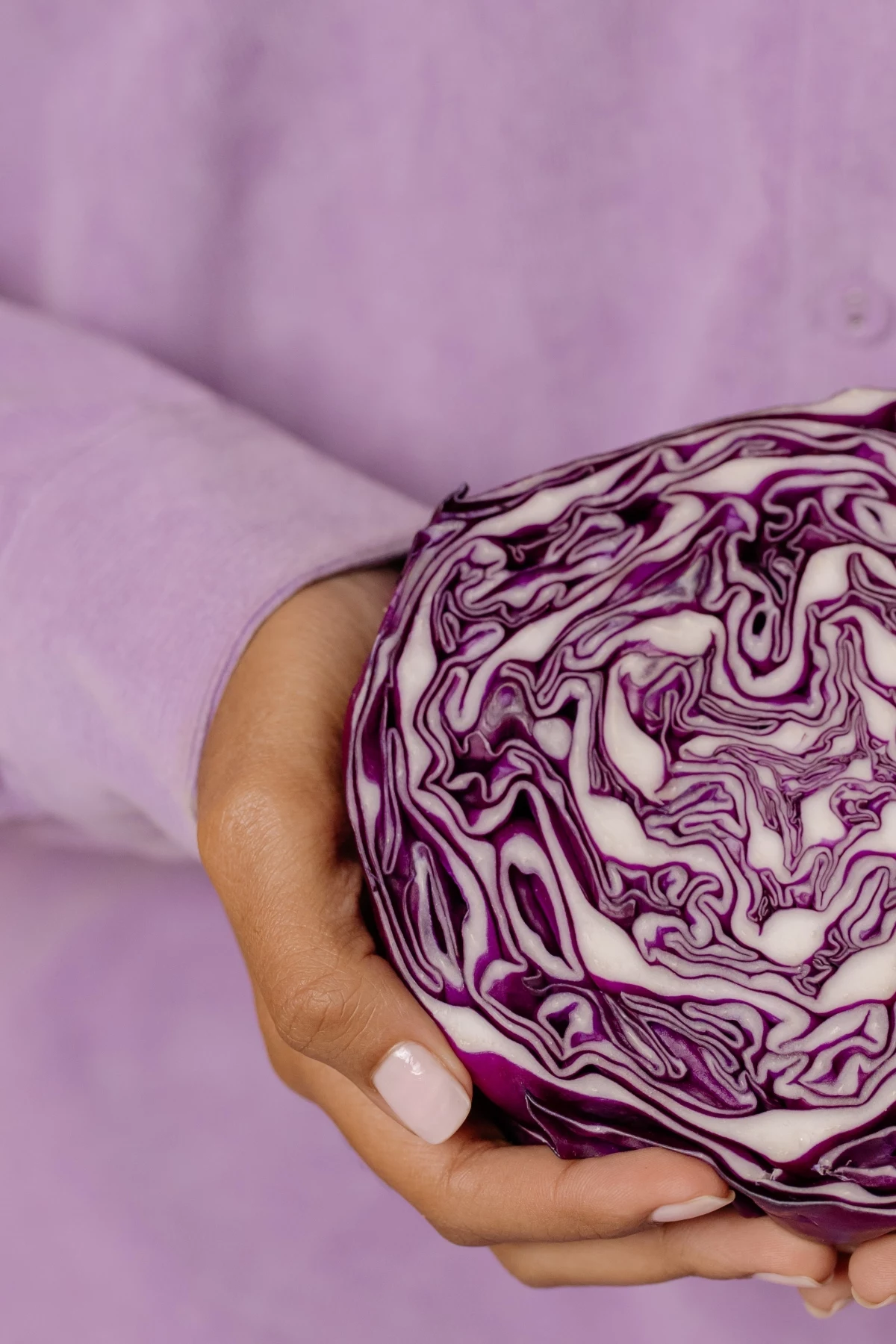
By the way, on the topic of fish, sourcing can feel tricky. Wild-caught salmon is fantastic, but it can be pricey, sometimes running $15 to $25 a pound. For a super affordable and sustainable option, don’t sleep on canned sardines. A can often costs less than $3 and is an absolute powerhouse of nutrition. They’re small and low on the food chain, so they’re a great choice.
Easy Ideas You Can Make Tonight
Theory is nice, but let’s get practical. Here are a couple of my go-to, no-fuss summer recipes.
3-Step Watermelon & Feta Salad
- Cube up some fresh, cold watermelon and put it in a bowl.
- Crumble some feta cheese over the top (the saltiness is amazing with the sweet melon).
- Tear up some fresh mint leaves, toss them in, and finish with a squeeze of lime juice. That’s it!
The Easiest Grilled Zucchini
- Slice a couple of small zucchinis lengthwise into 1/4-inch thick planks.
- Toss them in a bowl with a splash of olive oil, a pinch of salt, pepper, and maybe some garlic powder.
- Grill on medium-high heat for 2-3 minutes per side, until you get nice char marks but they’re still firm.
- Finish with a squeeze of lemon juice right before serving.
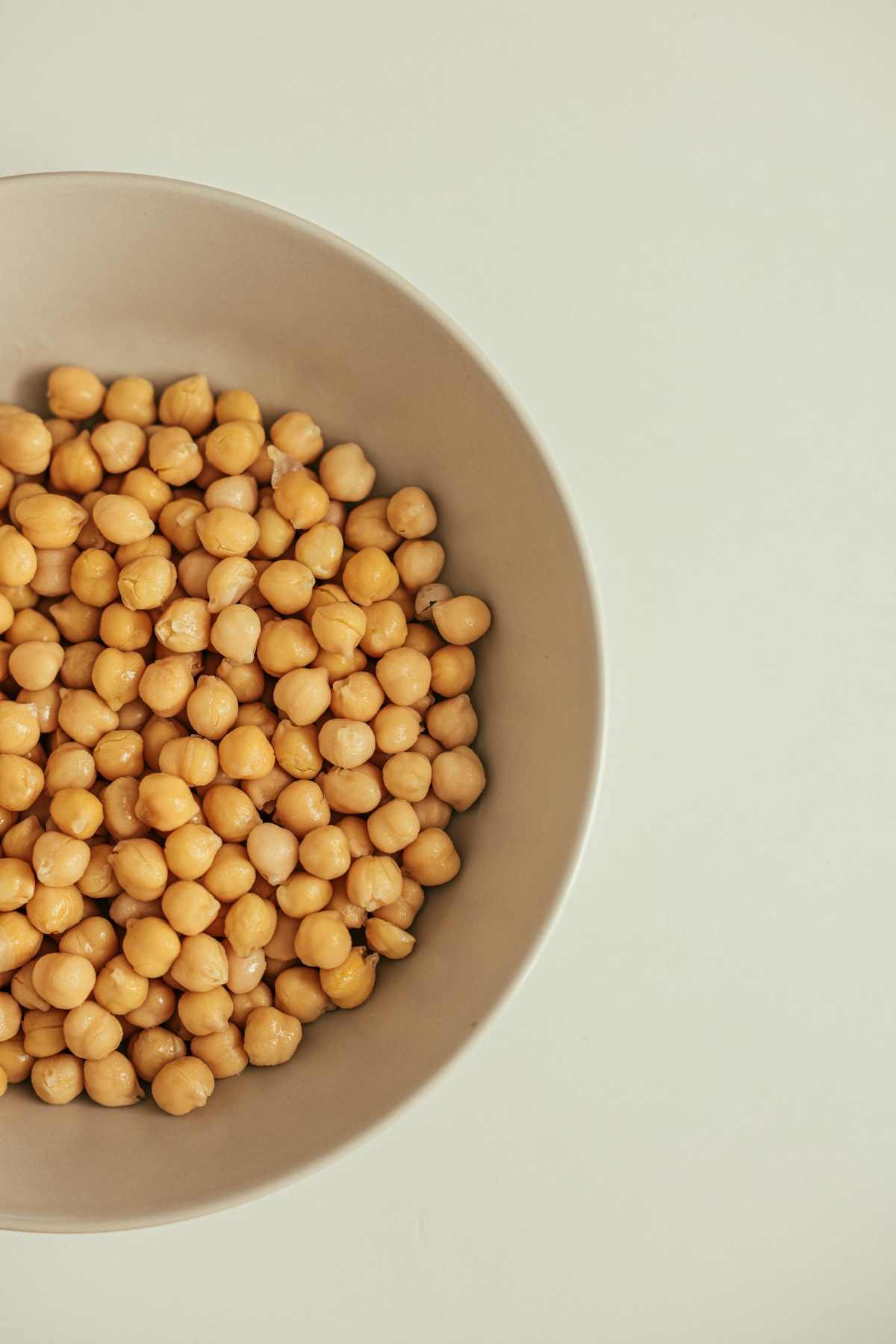
For the Adventurous: Fermenting & Freezing
Got a garden that’s exploding with produce? Don’t let it go to waste!
Lacto-fermentation is an amazing way to preserve veggies and make your own probiotic-rich foods. Making sauerkraut sounds intimidating, but it’s just cabbage and salt. A good rule of thumb to start is about 1.5 to 2 teaspoons of non-iodized salt per pound of shredded cabbage. Just massage the salt in until the cabbage releases its own liquid. Heads up: If you see fuzzy, colored mold (blue, black, green), you have to toss the batch. But a thin white film on top is usually harmless kahm yeast that you can just skim off.
And when you just can’t look at another zucchini? I grate it, squeeze out the extra water, and freeze it in portioned bags. It’s perfect for adding to soups, stews, or even quick breads in the middle of winter.
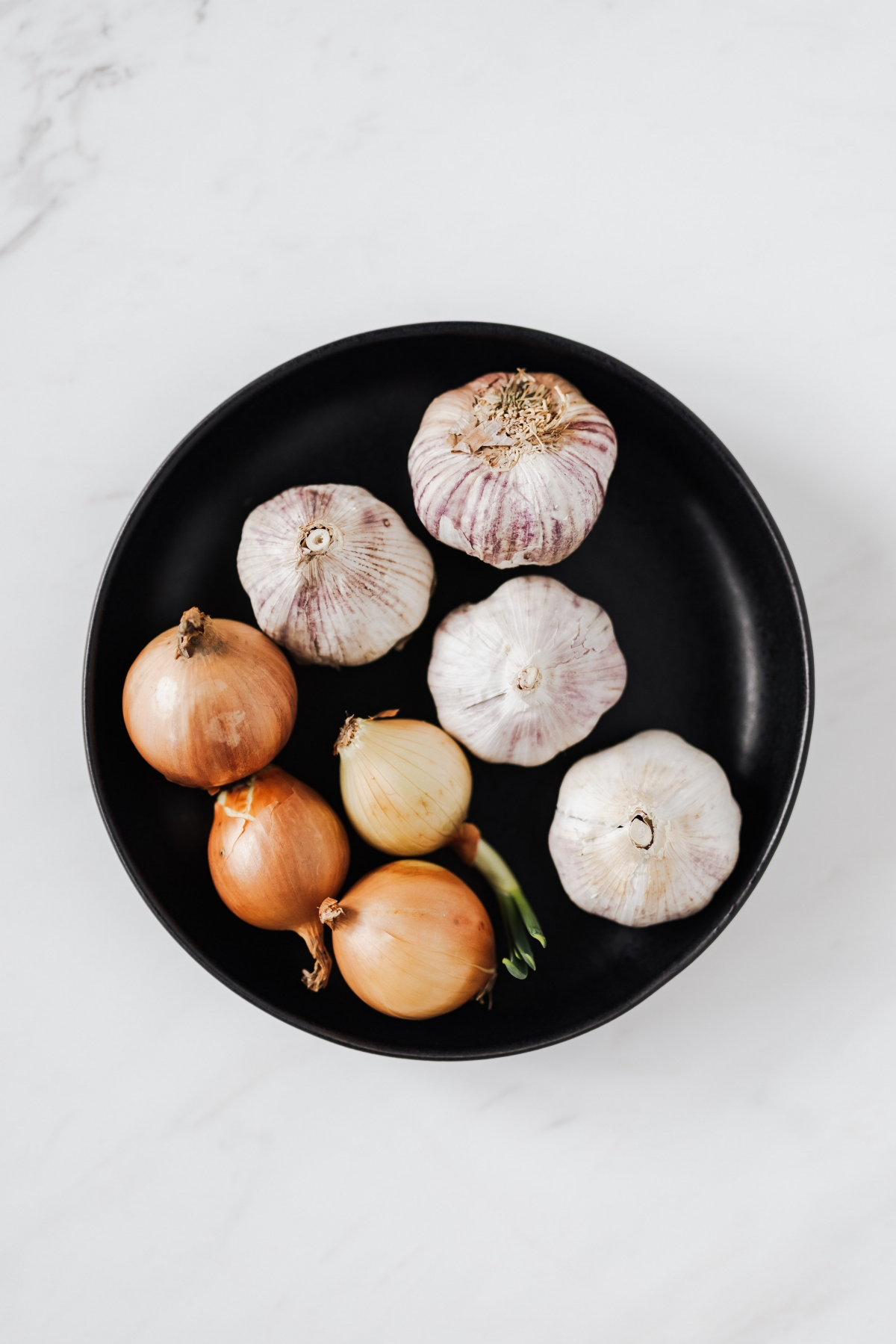
A Quick Word on Summer Food Safety
Enjoying summer food also means being smart about safety, especially at picnics and barbecues.
Pesticides & Washing: You can find lists online that talk about produce with high and low pesticide residues, which can help you prioritize your organic grocery budget. But honestly, the most important thing is to wash all your produce thoroughly under running water, even if you plan to peel it. A vegetable brush is great for things with tough skins like melons.
The Heat Danger Zone: This is critical. Bacteria multiply like crazy in what’s called the ‘danger zone,’ between 40°F and 140°F (that’s about 4°C to 60°C). On a really hot day (90°F+), my personal rule is that perishable food like potato salad or grilled chicken shouldn’t sit out for more than one hour. It’s just not worth the risk.
Oh yeah, a pro tip for picnics: Pack drinks in a separate cooler from the food. The drink cooler gets opened constantly, which lets the cold air out. Keeping them separate keeps your food safer for longer.

Finally, please remember this is all general guidance. If you have a specific health condition like kidney disease or are on certain medications, you absolutely need to talk to a registered dietitian or your doctor. They can give you personalized advice that’s safe for you.
Eating well in the summer doesn’t need to be some complex, rigid system. It’s about getting back to basics. Focus on color and variety, and enjoy the incredible taste of food that’s truly fresh. When you do that, you’re not just feeding yourself—you’re connecting with the season. And that’s a feeling no powder or pill can ever replicate.










